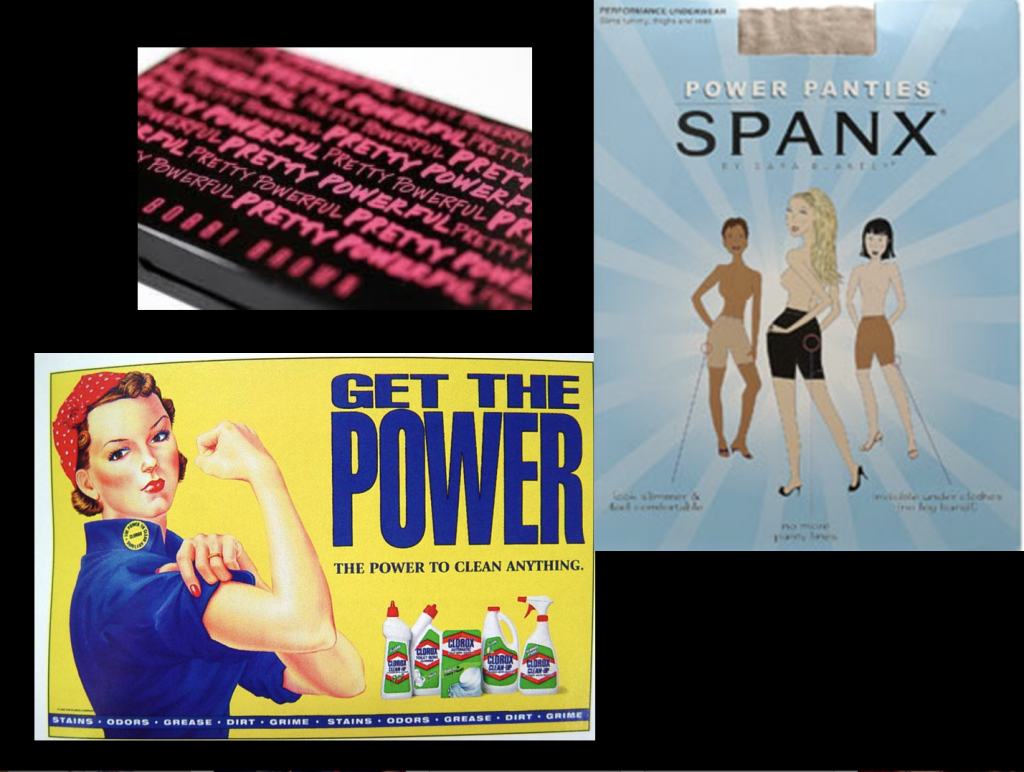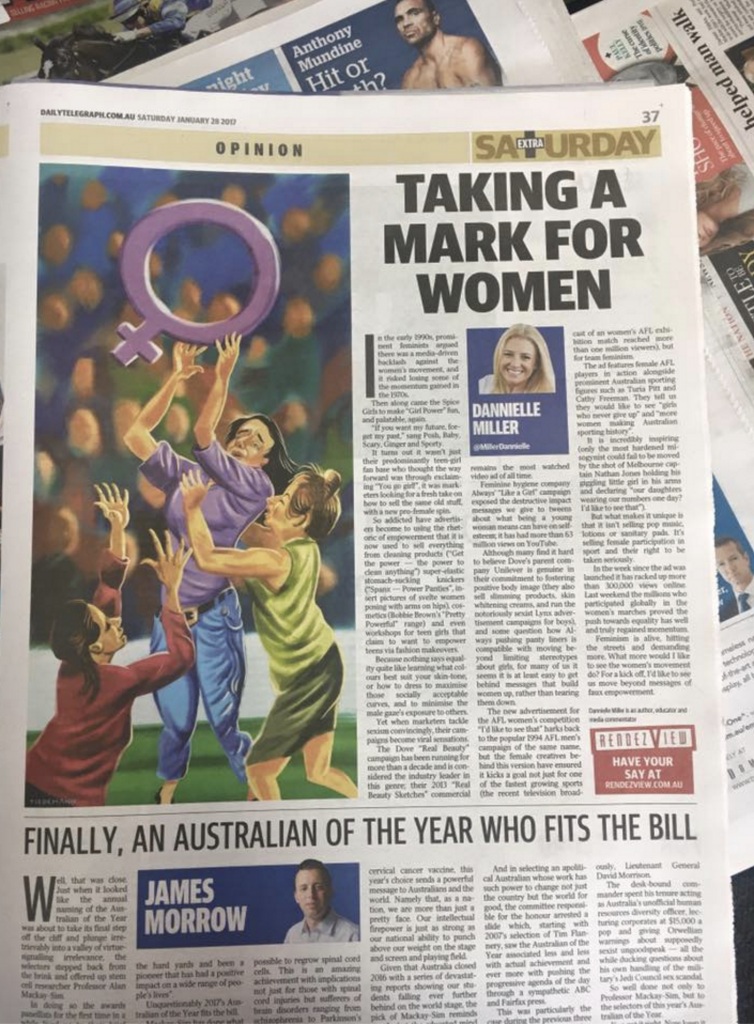The Waiter Rule was first proposed by newspaper columnist David Barry in the late 1990s.
It preposes that a person’s true character is revealed by how they treat serving staff.
Fast forward to 2017 and I can’t help but wonder what Barry would think about the comments left on both social media and mainstream media platforms, and more to the point about what these reveal about the nature of those who chose to log in, and let rip.
The internet has become so increasingly aggressive and hostile that it is now considered wise to refrain from reading the comments section, to take regular digital detoxes, or to consider leaving particular social media platforms permanently.
Actor Leslie Jones left Twitter in July of last year after receiving a barrage of online racist and sexist hate for daring to star in the remake of the film Ghostbusters.
Feminist author Jessica Valenti followed suit the same month after tweets were sent threatening to rape and kill her five-year-old daughter.
Writer and activist Lindy West deactivated her account recently, declaring Twitter “is unusable for anyone but trolls, robots and dictators”.

It would be tempting to reassure ourselves and think that only a small minority choose to badger, belittle, and bully. Yet research from the US shows that 28 per cent of online users admitted to engaging in malicious online activity directed at someone they didn’t know.
Some don’t even seem to be embarrassed by this behaviour. A 2016 study on online firestorms concluded that non-anonymous individuals are actually more aggressive compared to those who remain anonymous.
How do the people who throw these word-missiles reconcile their online behaviour with the self-perception many surely hold to be true — that they are decent, reasonable people?
Perhaps they do so by reassuring themselves that although they just sent a message to a journalist they disagree with, threatening to sexually assault her with a rusty knife, earlier they had offered to make their wife a cup of tea.
Although they did just post a cap-locked string of expletives on Facebook telling someone they find annoying why they don’t deserve to live, they had put their hand up to help at the school canteen next week.

Or perhaps they simply choose to ignore the fact that the mark of any person is not how they treat those they like, but rather how they treat those they find challenging and those from whom they have little to gain.
Psychologist Andrew Fuller argues that although even the kindest of us can have bad days and be rude, or unnecessarily hostile, “We have a responsibility to recognise that we are capable of belittlement and rudeness and to remedy it as soon as we feel we may have been out of control.” We need to learn to regulate our emotions, he says. Both in our face-to-face interactions, and in our virtual ones.
The modern-day litmus test of a person’s nature should be how they engage with others in the cyber world. Just as most of us would recoil from a blustering fool who chose to bark demands or attempted to demean the staff at a restaurant, so too will we start to move our seats away from the online haters.
Because whether the trolls would like to acknowledge it or not, their comments reveal far more about them than they ever do about those they are hoping to intimidate or discredit.
This post was originally published by the Daily Telegraph newspaper, and online at RendezView 20/1/17

